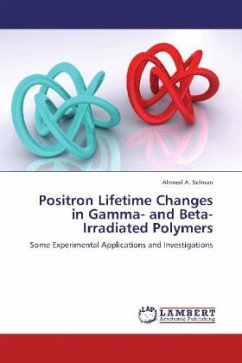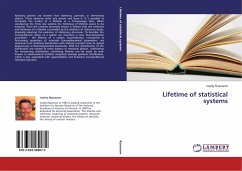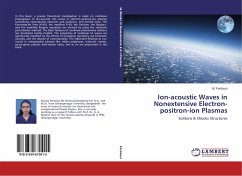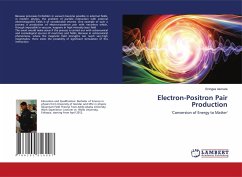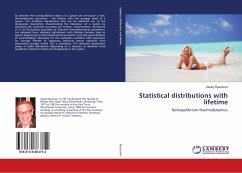Positron is the simplest antimatter particle, and it is the electron's unsociable twin, they have identical characters with opposite electric charges. Thus, when they meet spatially they annihilate each other. This particle has drawn attention since the early days of nuclear era, since it proved vital theories such as Einstein's mass-energy equivalence law. The existence of such natural entities is, however, ruled by many physical laws similar to those of the (negative) electron. This book discusses the physical nature of positrons in a straightforward yet explicable way and reviews the wide scientific applications, specially experimental ones, by means of the nondestructive Positron Annihilation Lifetime Spectroscopy (PALS). The applications are focused on solid organic polymer samples, vis., LDPE, HDPE and PMMA, subjected to gamma and beta low dose nuclear radiations. PALS spectra are collected in the laboratory and used to calculate the free volume (Vh), a micro-physical quantity aimed to explore the molecular structure of industrial substances. The correlation between radiation damages and Vh is thoroughly discussed and compared for both types of radiations.
Bitte wählen Sie Ihr Anliegen aus.
Rechnungen
Retourenschein anfordern
Bestellstatus
Storno

